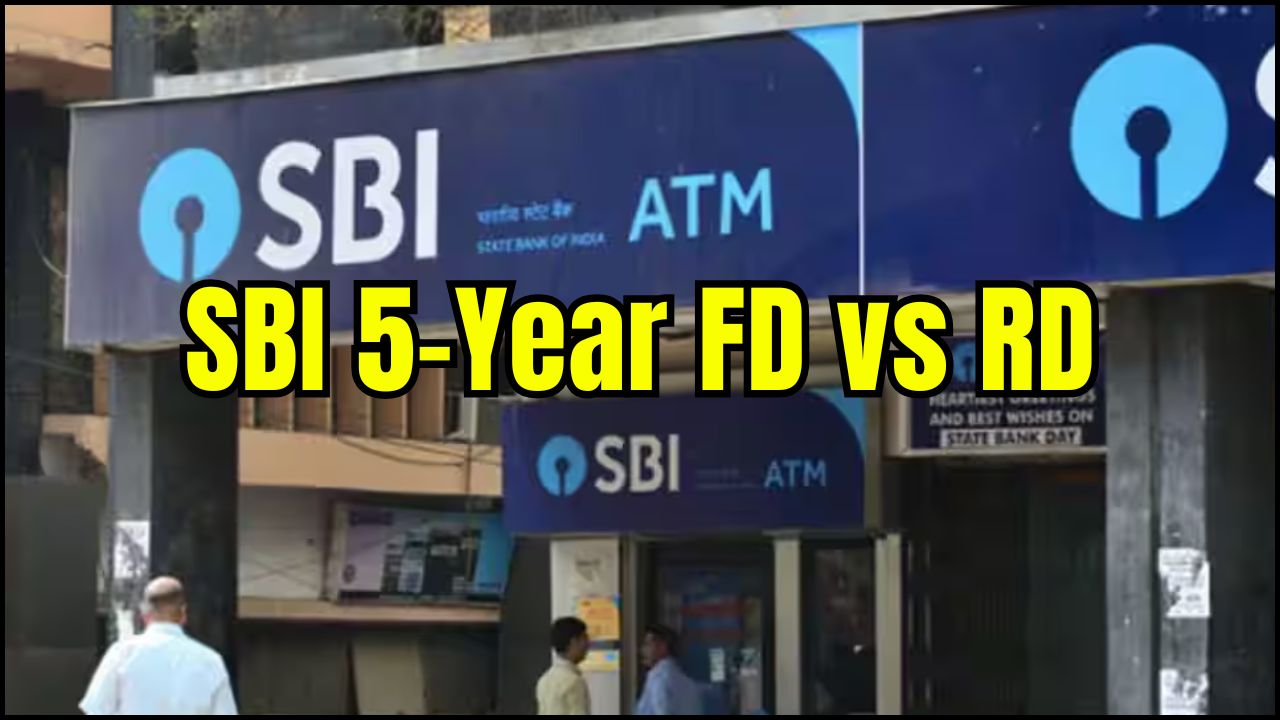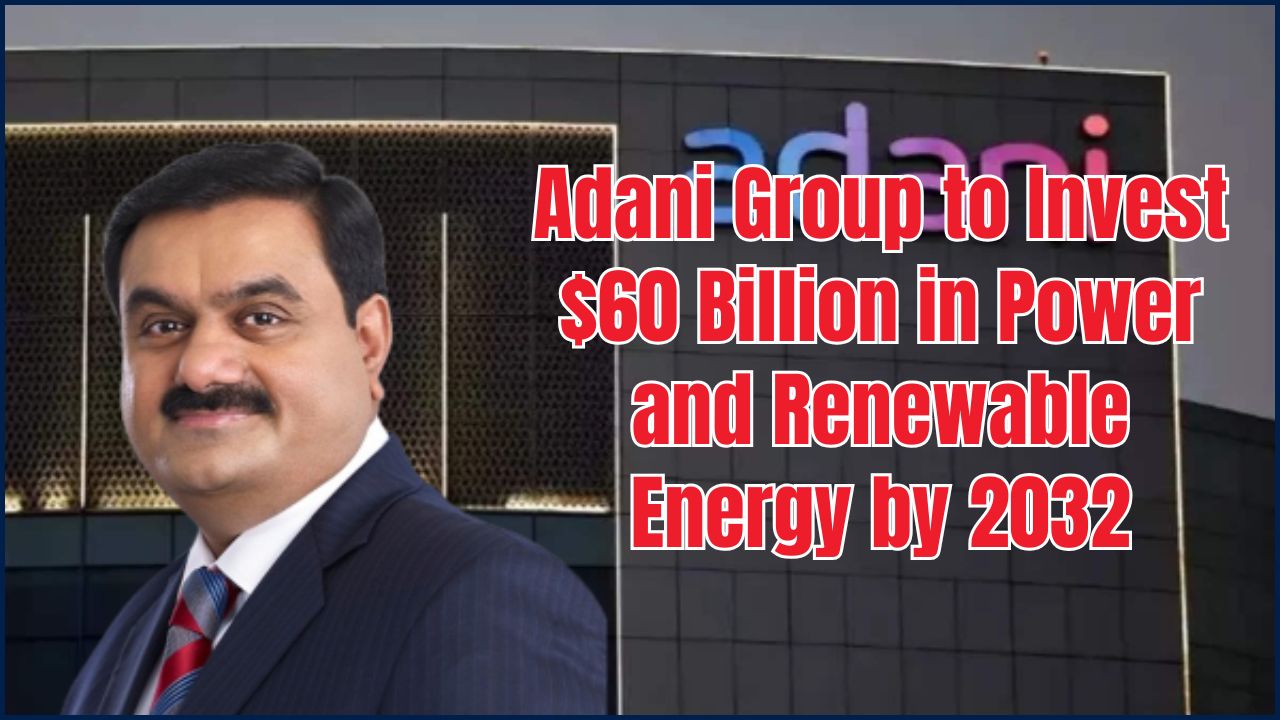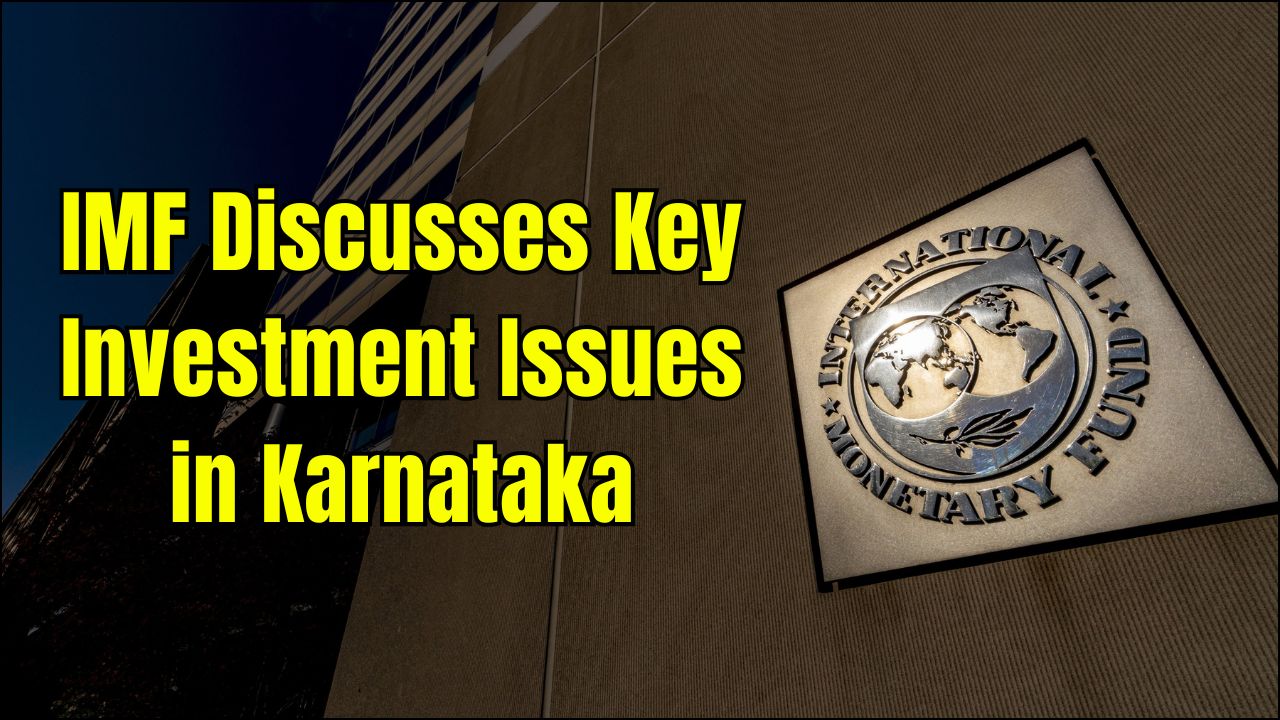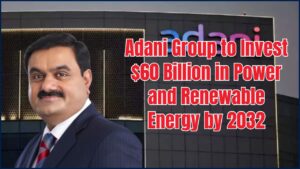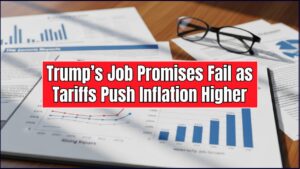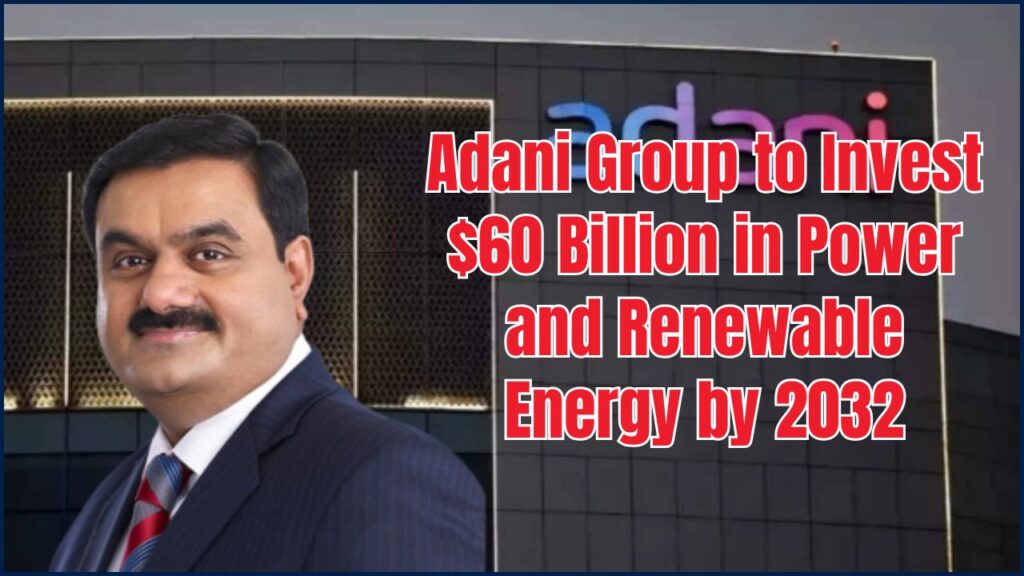
The Adani Group has announced plans to invest USD 60 billion across India’s power sector by financial year 2032, with a significant portion dedicated to renewable energy development. The initiative spans solar and wind projects, transmission infrastructure, and expanded thermal capacity, positioning the conglomerate as a central player in India’s energy transformation.
A Massive Energy Commitment: Breaking Down the $60 Billion Plan
Investment Across Core Energy Segments
The Adani Group, one of India’s largest conglomerates, will channel the investment through its three listed entities:
- Adani Green Energy Limited (AGEL): Focused on solar and wind power, AGEL will invest approximately $21 billion to raise its renewable energy capacity from 14.2 gigawatts (GW) in FY25 to 50 GW by FY30.
- Adani Energy Solutions Limited (AESL): Responsible for grid infrastructure, AESL plans to invest $17 billion to expand its transmission line network from 19,200 km to 30,000 km by FY30.
- Adani Power Limited (APL): The group’s thermal energy unit will allocate $22 billion to increase its thermal capacity from 17.6 GW in FY25 to 41.9 GW by FY32, supporting India’s baseload needs.
“India’s energy demand is set to double by 2032, and this investment reflects our commitment to supporting that growth sustainably,” said Sagar Adani, Executive Director at AGEL, during a recent earnings call.
Why the Investment Matters: Energy Demand and India’s Growth Trajectory
India’s Dual Mandate: Growth and Energy Transition
India’s power demand is projected to reach 1,000 GW by FY32, according to data from the Ministry of Power. The country aims to meet half of this demand through non-fossil sources, in line with its Nationally Determined Contributions (NDCs) under the Paris Agreement.
The Adani Group’s strategy seeks to balance this transition. While renewable expansion aligns with global decarbonisation efforts, thermal energy remains essential for grid stability, particularly during peak demand and periods of low renewable generation.
“Renewables are key to India’s long-term energy security, but thermal power will still play a stabilising role over the next decade,” noted Dr. Aditi Mehta, an energy economist at the Observer Research Foundation (ORF).
How the Adani Group Plans to Finance the Investment
Equity Infusion, Debt, and Partnerships
To fund this multi-year plan, the Adani Group is leveraging a mix of internal accruals, equity infusions, and project-level financing. In August 2024, Adani Energy Solutions raised approximately ₹12,500 crore (~USD 1.5 billion) through a qualified institutional placement (QIP), marking a major step in its capital mobilisation efforts.
Furthermore, AGEL continues to secure long-term purchase agreements with state utilities and private players, ensuring revenue stability for its green energy portfolio.
“Investor confidence has returned post-Hindenburg,” said Rajeev Malik, an infrastructure analyst at Nomura, referring to the group’s recovery following allegations of stock manipulation earlier in 2023.
India’s $500 Billion Power Sector Opportunity
A Nationwide Energy Build-Out
India’s total energy sector may require over $500 billion in investment by FY32, according to a report by the International Energy Agency (IEA). This includes:
- $240 billion for renewable capacity additions
- $130 billion for transmission and grid modernisation
- $80 billion for thermal upgrades and efficiency
- $50 billion for battery storage and smart meters
The Adani Group’s investment represents a significant share of this national build-out, potentially creating over 100,000 direct and indirect jobs, according to company estimates.
Environmental Considerations and Criticisms
Balancing Growth with Sustainability
Despite its aggressive clean energy targets, Adani’s decision to continue expanding thermal power has drawn criticism from climate advocates.
“Investing $22 billion in coal at a time when global temperatures are rising is deeply concerning,” said Sunita Narain, Director of the Centre for Science and Environment (CSE).
The company counters that its thermal investments include ultra-supercritical technologies, which offer higher efficiency and lower emissions than conventional coal plants.
Strategic Implications for the Adani Group
Reinforcing Sector Dominance
This energy blueprint could further consolidate the Adani Group’s dominance across the energy value chain—from generation to transmission to distribution. It also aligns with the group’s ambitions to become a global clean energy leader, especially as AGEL builds what could be the world’s largest hybrid renewable energy park in Khavda, Gujarat.
“Adani is emerging as a utility powerhouse, both in renewables and legacy energy,” said Ankur Malhotra, energy sector head at CRISIL Ratings.
What Comes Next?
Timelines and Execution Challenges
The investment will roll out in phases between FY25 and FY32, with priority given to:
- Renewable projects nearing power purchase agreements (PPAs)
- Transmission routes linked to solar-rich zones
- Thermal additions in high-demand states like Maharashtra and Gujarat
Execution risks remain, including land acquisition hurdles, supply chain pressures, and environmental clearances. However, analysts believe that the group’s vertical integration gives it a structural advantage in mitigating delays.
Vedanta Beats Adani to Snatch Jaiprakash Associates in ₹17000 Cr Deal
Conclusion
The Adani Group’s $60 billion commitment underscores the scale of India’s energy transformation challenge—and opportunity. While balancing environmental concerns with industrial growth will require tightrope navigation, the group’s move signals its intent to be at the forefront of India’s 21st-century power architecture.


